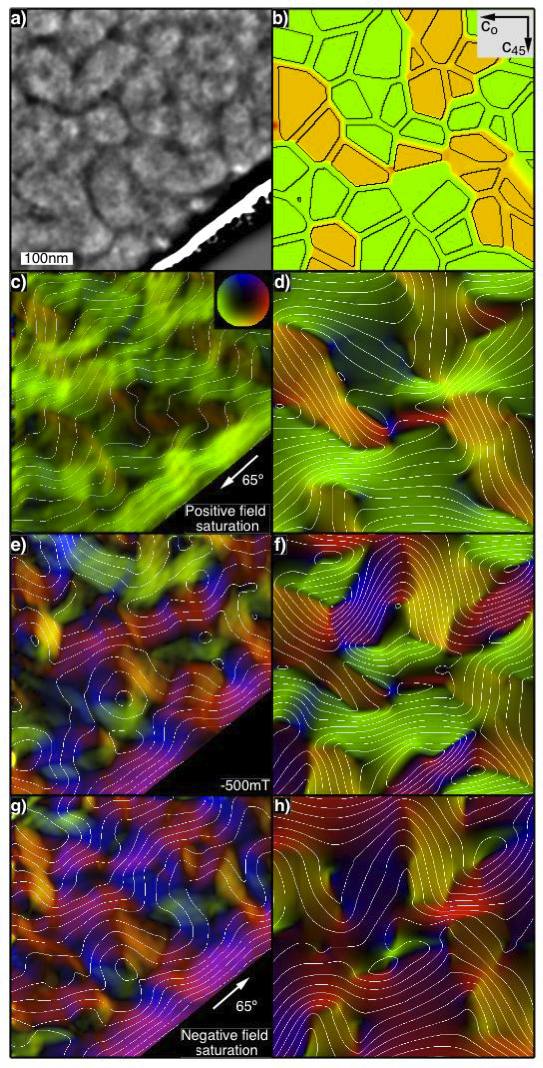First NanoPaleoMag paper accepted in EPSL
UPDATE: This paper is now available online via open access. Head over to our publications page to download it!
A major milestone today as the first NanoPaleoMag paper is accepted for publication in Earth and Planetary Science Letters! The paper entitled “Nanomagnetic intergrowths in Fe-Ni meteoritic metal: the potential for time-resolved records of planetesimal dynamo fields” by Bryson, Church, Kasama and Harrison describes the first nanoscale magnetic images to be made of the “cloudy zones” within Fe-Ni meteorites. These thin zones are only a few microns wide but contain thousands of nanoscale islands of an ultra-hard magnetic mineral called tetrataenite. We show that this unique nanostructure has the potential to record useful paleomagnetic information about magnetic fields on meteorite parent bodies – information that could eventually lead to a better understanding of the conditions that prevailed on these bodies shortly after the birth of the Solar System. Tetrataenite forms when Fe and Ni atoms organise themselves into alternating layers during slow cooling (of the order of a few degrees per million years). If this process happens in the presence of a magnetic field then paleomagnetic information is encoded into the nanostructure. Due to the phenomenal magnetic stability of tetrataenite, the information can survive the subsequent 4.5 billion years intact, allowing us to examine it with nanopaleomagnetic methods, such as electron holography (see image).


Leave a Reply